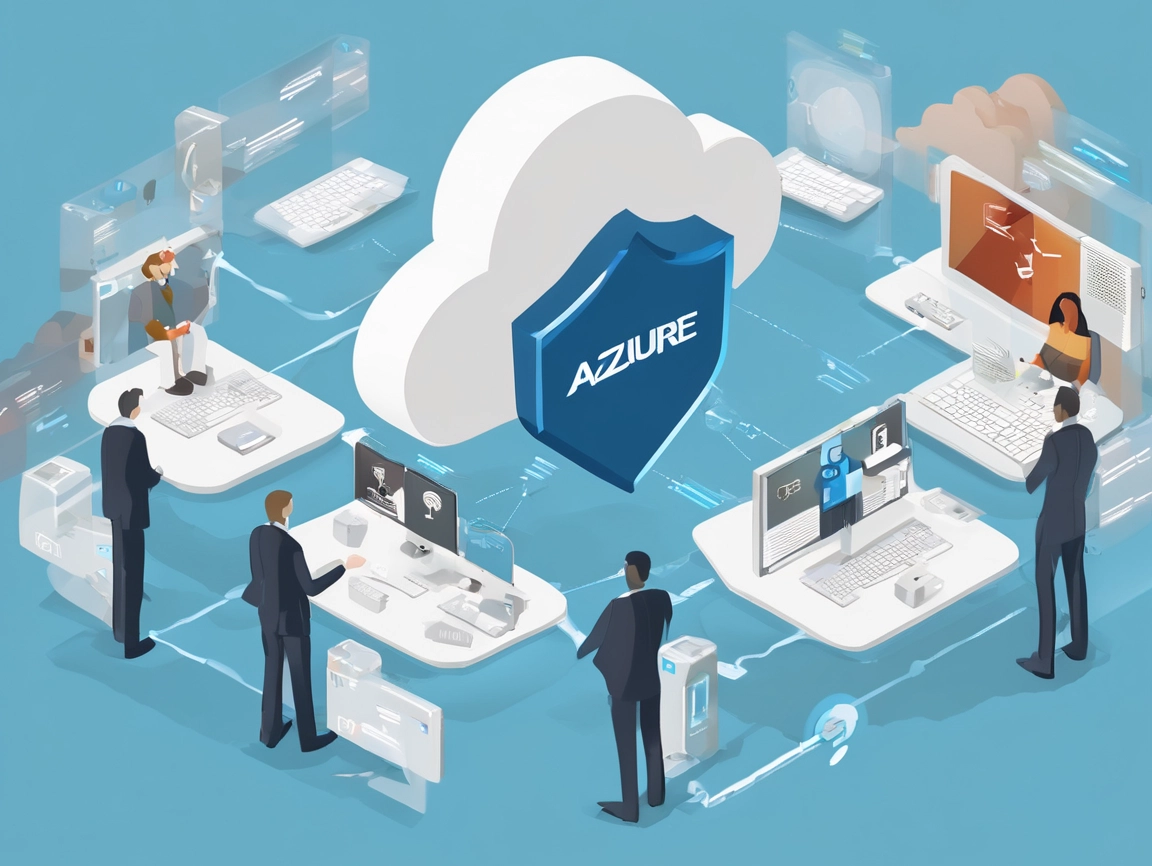Understanding Azure Managed Identity and Service Principals
Azure Managed Identity is a feature within Azure Active Directory that provides an automatic identity to Azure services, allowing them to authenticate to other Azure resources without storing credentials in your code. Managed Identities come in two types: system-assigned and user-assigned. System-assigned Managed Identities are tied to a specific Azure service instance and are automatically enabled, while user-assigned Managed Identities can be created and shared across multiple resources. This feature simplifies the authentication process, reduces the risk of credential leakage, and enhances overall security posture.
On the other hand, Service Principals are a more traditional method of identity management in Azure. A Service Principal is essentially an application identity that allows applications to access Azure resources. Organizations typically create Service Principals when they need to grant an application limited access to Azure resources, such as Virtual Machines or Azure SQL databases. Service Principals require a client ID and a client secret or certificate for authentication, which must be managed carefully to avoid security vulnerabilities.
Both Managed Identities and Service Principals operate within the Azure ecosystem, but they serve different purposes and have differing levels of complexity in terms of setup and security. Organizations must evaluate the specific needs of their applications to determine which identity management solution aligns best with their security strategy.
Key Security Differences Between Managed Identities and SPs
One of the most significant security advantages of Azure Managed Identity is the elimination of credentials. Since Managed Identities are automatically managed by Azure, there is no need to embed secrets or keys in your application code. This significantly reduces the risk of credential exposure through source code repositories or logs. Moreover, Managed Identities are tied to Azure Active Directory, ensuring that they benefit from the latest security enhancements provided by Microsoft, including conditional access policies and Multi-Factor Authentication (MFA).
Conversely, Service Principals require careful management of credentials. When a Service Principal is created, its secret or certificate must be securely stored and rotated regularly to mitigate the risk of compromise. If a Service Principal’s credentials are accidentally exposed, it can lead to unauthorized access to sensitive resources. This necessitates additional governance and oversight to ensure that secrets are managed securely, which can increase operational complexity and introduce potential security vulnerabilities.
Another important consideration is the scope of access. Managed Identities are designed to use Azure Role-Based Access Control (RBAC), allowing fine-grained permissions without needing to manage secrets explicitly. In contrast, Service Principals may require broader permissions, and mismanagement of these permissions can lead to privilege escalation risks. Implementing the principle of least privilege is essential for both solutions, but Managed Identities streamline this process by reducing the likelihood of credential-related errors.
In summary, both Azure Managed Identities and Service Principals offer unique benefits and challenges in terms of security. Azure Managed Identities provide a more automated and secure way to handle identities without the need for manual credential management, reducing the risk of credential leakage. Service Principals, while flexible and powerful, require careful oversight and management to ensure security. Organizations must assess their specific needs and risk profiles to choose the most appropriate identity management solution, aligning with best practices in cloud security. For more information, you can explore Azure Managed Identities and Service Principals.




